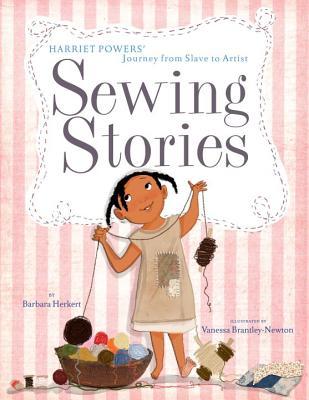 Messner, Kate. Long Road to Freedom
Messner, Kate. Long Road to Freedom December 29th 2015 by Scholastic Press
E ARC from Edelweiss Above the Treeline
Ranger gets transported to the Deep South before the Civil War, where he has to help siblings Sarah and Jesse escape to the North before Jesse is sold further south by their owner. They manage to get to Philadelphia, but there are slave catchers everywhere, so they are helped along to a farm in Vermont, but once The Fugitive Slave Act is passed and people have to turn over runaway slaves, the children head toward Canada to work in a lumber mill.
Strengths: Messner always does her research and always writes an engaging story. I can see this series being something I would have adored in 2nd grade.
Weaknesses: Sarah and Jesse have a lot of luck and a lot of help, so even though they have some close scrapes, nothing ever goes too terribly wrong for them.
What I really think: Starting to have a Magic Tree House feel to them-- like the series will never end and there is no over arching story that connects the books. They are really for younger readers (up to fourth grade), so it's not fair to expect them to have the historical content that middle school students need.
 Herkert, Barbara. Sewing Stories: Harriet Powers' Journey from Slave to Artist.
Herkert, Barbara. Sewing Stories: Harriet Powers' Journey from Slave to Artist.October 13th 2015 by Knopf Books for Young Readers
Copy provided by Young Adult Books Central
This picture book starts out with end papers that show Harriet Powers' applique quilt, which is an excellent example of African-American folk art from the 1800s. The story of her beginnings as a slave on a Georgia plantation is augmented by historical tidbits, which are "patched" onto the illustrations so that they look like the words appear on pieces of fabric sewn to the page. There is a lot of information on the life of a slave, as well as on the importance and process of needlework within the slave community. Information about Harriet's life, such as her marriage, children and livelihood farming cotton is presented with consideration for the historical context of the times in which she lived. There is a brief account of her creation of the quilt for which she is famous, as well as the circumstances under which she sold the quilt to an art teacher. Historical notes at the back fill in any gaps.
Strengths: This is an engaging picture book that gives just enough background on one woman's life and her contribution to the world of folk art. The illustrations are bright and clear, and add additional information to the story about what the world looked like at the time. Most readers might not know what a spinning wheel looks like, or how layers of fabric are placed on a frame to be quilted, so these pictures are essential.
Weaknesses: Much of the story is probably conjecture; it is unclear how well-documented Harriet's life was. Nothing seemed unlikely, but I imagine the author did not have many first person accounts of Harriet's life. I would have liked to see an artistic style that would have incorporated actual fabric into the pictures; this is attempted in some pages, but isn't consistent. Also, ears seem to be a problem for the artist.
What I really think: As a quilter, I am a sucker for any book about quilting, although I don't necessarily regard quilting as art. (For a blast from the past, check out some of my quilt tops at http://cribquilts.blogspot.com.)
I've been to the Quilting Museum in San Jose a few times, so I quibble with the not art idea. Maybe not all quilts are art, but not all paper splashed with paint is either. Thanks for the reviews!
ReplyDelete